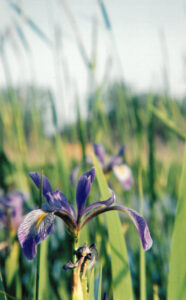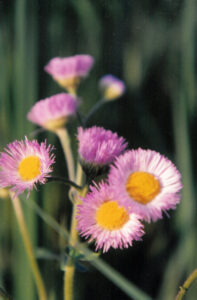“Our native landscape is our home, the little world we live in, where we were born and where we play, where we grow up and finally where we are…laid to eternal rest. It speaks of the distant past and carries our life into the tomorrow. To keep this pure and unadulterated is a sacred heritage, a noble task of the highest cultural value.” – Jane Jensen
The Santa Fe Prairie is known as a mesic, or wet prairie. It rests on a gravel bar left here by retreating glaciers 15,000 years ago. This 10.8 acre prairie is one of the rarest types of Illinois prairie, only two of its kind exist in the state. It was donated by the Burlington Northern Santa Fe Railroad in 1997 to the Civic Center Authority which now owns and manages this high quality prairie. More than 225 native plant species have been recorded at the site, many of which only survive in such prairie.
A Brief History…
The Prairie Restoration movement began at Santa Fe Prairie when Floyd Swink, chief taxonomist at the Morton Arboretum, brought Dr. Robert Betz to the site in 1959. Dr. Betz, a biologist at Northeastern Illinois University, was so fascinated by seeing a real prairie, he promptly resolved to pursue prairie restoration. The first major success in the effort to save Santa Fe Prairie came in 1988 when Stan Johnson, Chairman of the Civic Center Authority, convinced the Burlington Northern Santa Fe Railway to let the Authority manage the site. He then recruited Karen Stasky and Gregg Starr as site stewards. After decades of persuasion, the Railway donated the Prairie (1997) along with a caboose (1998) to the Civic Center Authority. The caboose has been restored and now serves as a visitor center and volunteer headquarters. It is open Saturdays from 10AM-2PM.
Santa Fe Prairie was dedicated as a nature preserve on Aug. 5, 1997. The prairie qualified for protection under the Illinois Natural Areas Preservation Act as a Category I Illinois Natural Areas Inventory site in recognition of its high quality (Grade A) mesic gravel and dry mesic gravel natural communities. Santa Fe Prairie is the only site in Illinois that contains examples of both of these ecological treasures. The Illinois Nature Preserves Commission oversees restoration, management and protection efforts at the preserve.

A full size caboose, also donated by the BNSF Railway, has been restored and serves as a visitor center.
It is located on the bank of the Des Plaines River and in the midst of an industrial park in the Village of Hodgkins.
Prairie Plants
Santa Fe Prairie’s variations in soil moisture support far greater diversity than would generally be expected of a site its size. It hosts more than 250 native plant species. In summer, the site is a kaleidoscopic mosaic of color. Dry species such as pale purple cone flower, and porcupine grass may be found here in relatively close proximity to plants that prefer moist conditions, including Virginia wild rye and small skullcap.
Volunteer Activities
Help us preserve this rare prairie. Volunteers may participate in a variety of activities at Santa Fe Prairie. Work days are held various Saturdays and Sundays throughout the year. Workday activities include brush cutting, removal of invasive species, seed collection and dispersal, and a good deal of fun with friendly people. Volunteers are also needed to staff the Visitor Center in the caboose. You don’t have to be an expert to volunteer; free training, tools and refreshments are provided.

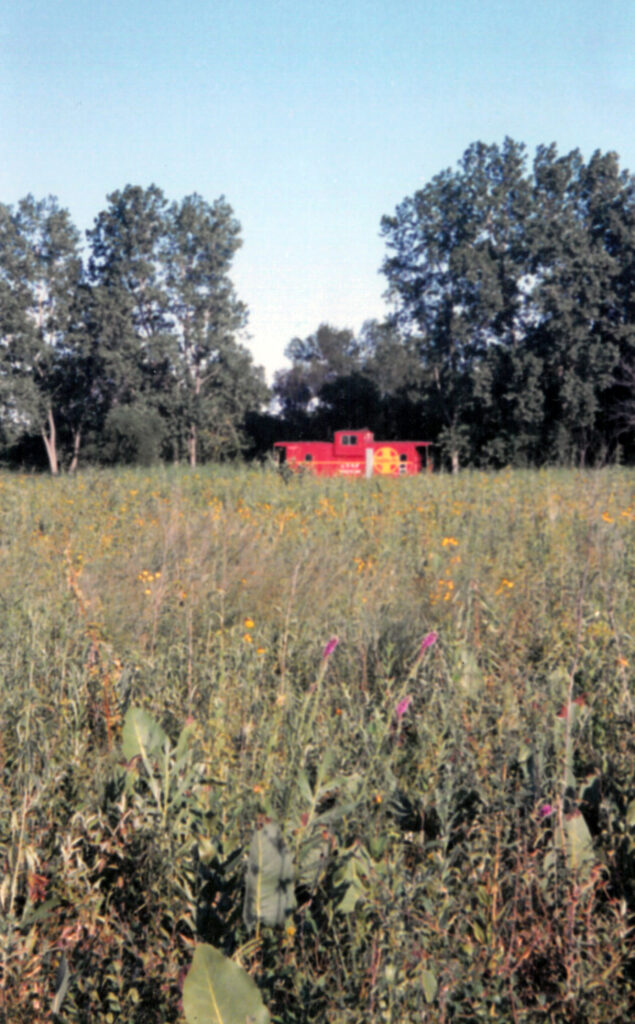


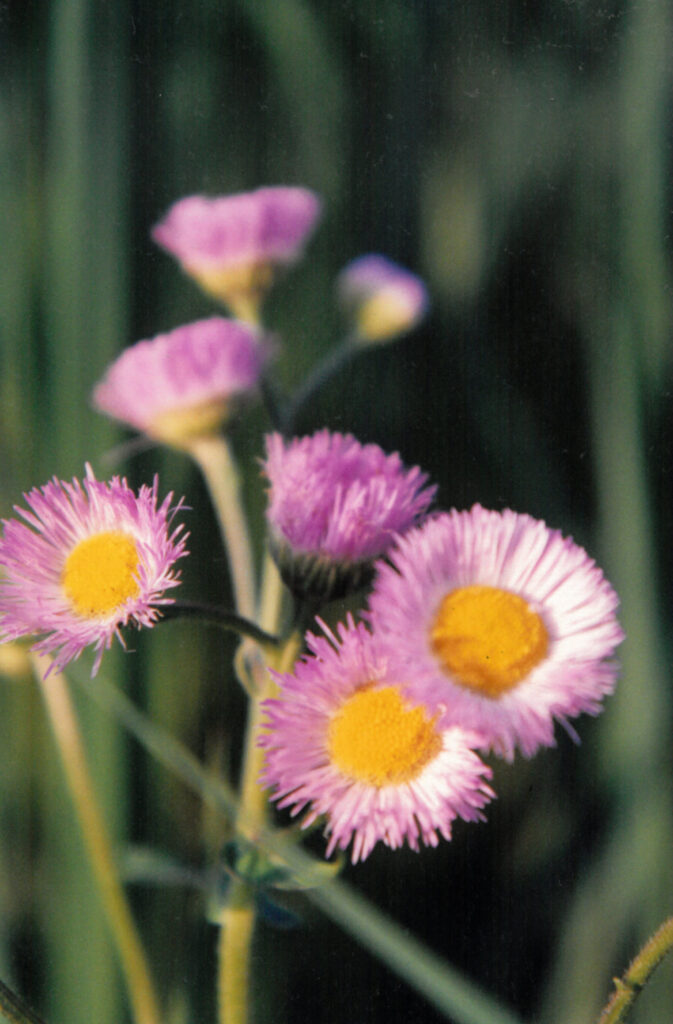
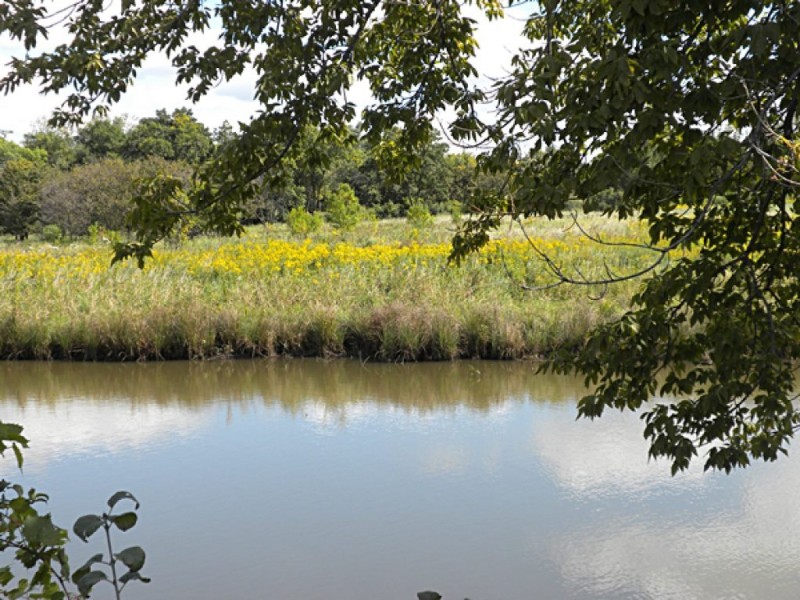

Learn about the silhouette trail here.
